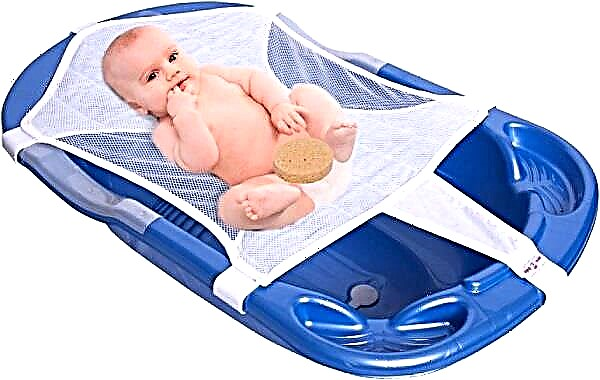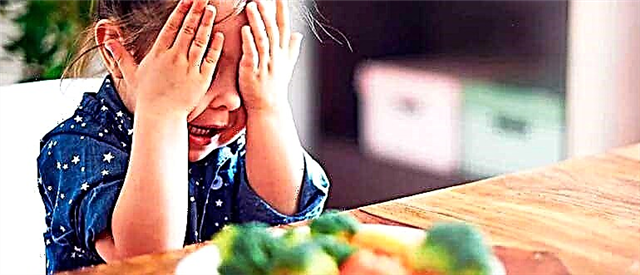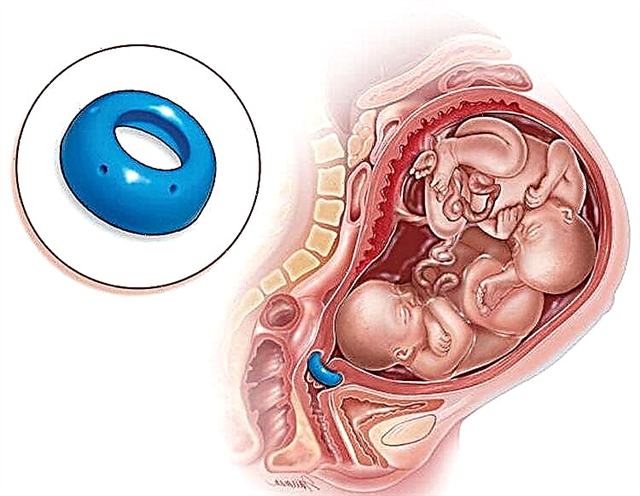
All parents have repeatedly encountered such a phenomenon as a rash on the back in children. It can be caused by a variety of reasons and therefore it is quite difficult to immediately determine what caused the rash on the back of the baby. However, almost always a rash on the back causes discomfort in the baby, it itches and itches, interferes, and therefore it is understandable and logical that mom and dad want to rid the baby of it as quickly as possible. In this article we will look at the most common causes of back rashes and show you how to deal with them.

Rash types
It should be noted right away that the appearance of a rash on the back is a sign of ill health. There are no physiological and natural reasons for a rash on the back. In a healthy baby, the skin on the back has an even tone, it is soft, delicate, not prone to rashes, cracking, peeling. If a child has a rash, it is imperative to show him to the doctor in order to exclude dangerous infectious diseases. But before calling a doctor at home, parents should take a good look at the rashes in order to characterize them as accurately as possible to a specialist.
The rash can be small or large. Its individual elements can merge or be disparate. Pay attention to the shade, color of the rash, to the total area of the lesion. Be sure to examine the rest of your body for similar or different rashes. Look for pustular or watery bumps on the bumps. Examine the scalp, measure the temperature of the child.
Pay attention to the child's health - whether there are signs of malaise, loss of appetite, lethargy, complaints of sore throat, headaches and muscle pains, nausea, diarrhea. Provide all the information received to the doctor by phone, and then in person, when the pediatrician comes to the call.


A small rash may indicate the presence of prickly heat. A red rash is often a manifestation of an allergy. Spilled forms of a red rash, coupled with additional symptoms (malaise, high fever) may indicate that the acute stage of a viral disease has begun - for example, rubella or chickenpox.
A white rash may indicate a fungal infection, and in newborns it may be a sign of neonatal kestrellosis. A purulent rash can be a manifestation of a bacterial infection (staphylococcal or streptococcal). A watery rash can indicate the presence of herpesvirus infection, shingles, and sometimes it is also a sign of thermal, chemical or other skin burns. In children who have entered puberty, a white rash on the back can be a sign of hormonal disorders associated with puberty.


Let's take a closer look at some of the most common reasons why a baby's back can get covered with a rash.
Common Causes
If a rash is the only symptom, no others are observed, we can talk about prickly heat. Children sweat more often and more strongly than adults, it is difficult for them to sweat due to the narrowness of the sweat ducts, which are prone to clogging. If such a situation arises, sweating is disturbed, an inflammatory process develops in the area of the ducts, and the sweat that is released, like a salty environment, only increases the inflammation.
Sweating can occur in a child of any age. It looks like small rashes in the area of overheating. If too warm wardrobe items are put on the child, if weather conditions and the peculiarities of the baby's thermoregulation are incorrectly taken into account when packing for a walk, then the cervical fold, armpits and back sweat. It is in these places that prickly heat can appear.

At the initial stage, it looks like separate rashes, then they can merge, turn into weeping eczema, if at the initial stage the parents did not make changes in the crumbs' lifestyle, did not eliminate the factors of overheating, did not change clothes from synthetic to natural, etc.

The second common cause is allergies. The rashes in this case can be pale and red, small and blurred. It all depends on the degree of sensitization. Allergies, in which rashes appear on the back, most often refer to the contact form of the condition, so it is important to exclude contact with the allergen. It can be powder, which was used to wash bed linen, a T-shirt or pajamas of a child, ointments and creams, soap and shower gels, with which the child was bathed the day before. Food allergies rarely occur on the back alone. It is also rare that this part of the body is allergic to medicines. These forms, no less common in childhood, are more characteristic of other places of deployment, for example, the face, head, arms, chest.
An allergen becomes more dangerous and aggressive, provided that the child sweats and is not properly dressed (in things with the use of synthetics or semi-synthetics). Sweat increases the manifestations of an allergic reaction. That is why it is so difficult at the very beginning to distinguish between prickly sweat and allergies.


The third common cause is infections. Recognizing a rash like this is pretty easy. It can be purulent, watery, without heads at all, but in 99% of cases, infectious rashes are accompanied by other symptoms - fever, cough, runny nose, headache. In addition, an infectious rash tends to spread in a matter of hours to other parts of the body.


What to do?
After a visual examination of the child, measuring his temperature, parents should call the doctor. You cannot take a child to an appointment, because the rash can be infectious, and therefore the likelihood of infecting other children on the way to the clinic and in the corridor while waiting for the doctor's appointment is high. When you call, tell your doctor about symptoms other than the rash and describe it in detail. This will help the specialist form an assumption about the reasons and give you recommendations for the provision of first aid. In any case, undress the baby, leave the back open. If prickly heat occurs, then after half an hour or an hour the rashes will begin to fade and dry out, disappear, because prickly heat and fresh air are completely incompatible concepts. The allergic rash will not fade and disappear, but the open air will somewhat reduce the unpleasant symptoms of itching.
The rash will continue to spread, but the itching sensations will also diminish if the child waits for the doctor without a T-shirt or T-shirt.
If you suspect an infectious rash, give the child plenty of warm water, monitor the level of body temperature, if the mark of 38 degrees is exceeded, you can give a single dose of an antipyretic agent based on paracetamol.
It is not worth lowering the temperature below 38 degrees - fever is necessary as a protective mechanism in the formation of the immune response of the child's body.


After the doctor's visit and check-up, regardless of the cause of the back rash, provide your child with the right conditions to help him heal.
- Eliminate allergens, dust off, do wet cleaning in the children's room, ventilate the room well.
- Replace bed linen and pajamas with clean ones, washed with hypoallergenic powder with an additional rinse in boiled, chlorine-free water.
- Avoid giving your child foods that may be allergens to avoid aggravating the illness, whatever the cause.
- Bathe your baby without soap or shampoo. For the duration of the existence of a rash on the back, it is better to avoid both herbal decoctions and potassium permanganate, which some parents like to add to bathing water.
- Do not try to treat the rash with folk remedies, smear it with fat, lard, oils, bee products.
- Do not sprinkle it with powder, so as not to dry out the skin.
- Avoid giving your child medication at your own discretion, without a doctor's recommendation. The only exceptions are antipyretics, if the temperature exceeds the permissible values, which we talked about above.
- Do not try to squeeze, exfoliate, detach pimples and crusts from the baby's back, remove them by hand or using any tools.
- Do not treat the rash with alcohol, vodka. These funds do not help with allergies, prickly heat, or infections. But alcohol dries out the skin and makes it vulnerable to disease-causing bacteria.


A timely visit to a doctor will help you quickly find the cause and cure the child.
Dr. Komarovsky will tell you more about a child's skin rash in the next video.



